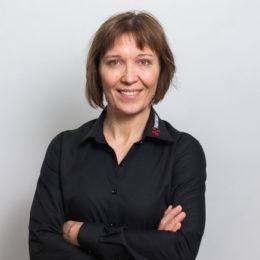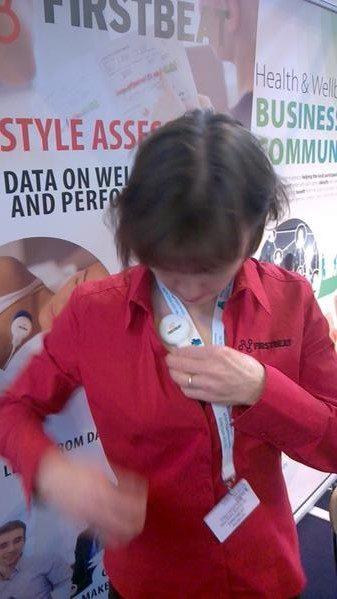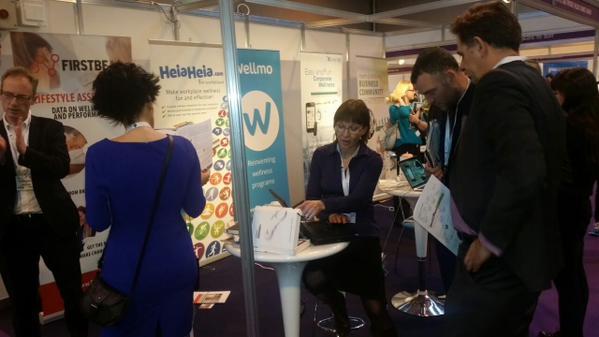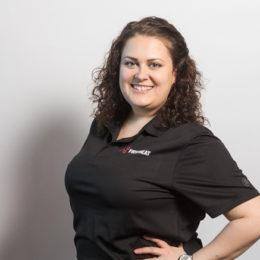
My previous travel blog was from an overseas trip, sharing some data about jetlag and other typical travel stressors. More recently, I blogged about the ‘dangers’ of measuring too much and the challenge of finding the right path in a jungle of lifestyle guidelines. This time I’m back to field testing and using myself as a guinea pig. I wore the Firstbeat Bodyguard during a trip from Finland to the UK, including the travel day and a day on the exhibition floor at Health and Wellbeing at Work 2015 conference, hoping to gain some new insights – or see just how much travel takes out of me.
Day 1 included a 3-hour drive (as passenger), two flights, dinner and an early evening with a bit of work and some relaxation before going to sleep. The graph below – from a Firstbeat Lifestyle Assessment report – shows my day. The 1st part of the day is mainly stress (red), which for me is normal when I’m up and doing things. It’s basically my standard ‘awake state’. When not in transit, I was working on presentation slides and writing e-mails. Interestingly though, the 2nd flight at 4 pm shows up as recovery (green). It was a smooth flight, too short to do any serious work, so I just chilled and closed my eyes. After the flight, it was a pretty casual evening; no rush, the hotel was close by and we had a relaxing dinner, after which I caught up on a few emails and did some reading. My body was in a relaxed state most of the evening, evidenced by the green color, which continues through the night as good-quality sleep. Travel days are typically much busier and more stressful, and I’m not a great hotel sleeper, so I was happy to see the result. A good reminder to keep the travel schedule reasonable – when possible – instead of always seeing how much one can fit into as short a time as possible. After day 1, I felt fully charged to start the conference!
Day 2 was spent in the Exhibition Hall, mainly standing at the booth and talking to people. This shows up as stress, which is fully expected with all the noise, crowds of people and a lot of talking. However, there were some moments of recovery too. When I sat down to listen to a lecture at 4 pm and between 5-6 pm, my body transitioned into recovery mode. Admittedly, I was consciously trying to slow down, taking a few deep breaths – for the sake of the experiment, but more importantly, to learn the value of this during busy days. Usually the only way for me to ‘get green’ is to lay down and close my eyes, so I was quite surprised to see this much green during a busy day. The good sleep the night before probably helped, as did the fact that I was working with a good team of colleagues.
At the end of day 2, we drove around in a traffic jam and had a late meal with 2-3 glasses of wine. That was clearly enough (or too much?) to tip the scale from being on the relaxing side to me paying the bill during sleep. The 1st half of sleep (until about 3 am) shows up as red in the report below – my heart rate is elevated and body wired. I could feel this (restless sleep), and was not surprised to see the result. A long, fairly stressful day by itself might be no problem, but when followed by a late dinner and some drinks, the body easily stays on overdrive and only starts to downshift towards the morning hours.
There was no opportunity to exercise during these days, but I did a fair amount of walking: 10-15 minutes from the hotel to the exhibition site and back, around the exhibition hall, a few jaunts across the venue to the lectures etc. Very little aerobic physical activity (blue color) is seen in the report, but 7300 steps were accumulated throughout the day! This was a positive message: even on days when exercise does not fit into the program, we can make an effort to be active. This kind of walking is not going to improve my fitness, but is better than passively sitting or standing all day!
My little experiment did provide some new insights, and I feel like I’ve accumulated a pretty good bank of facts about how to (and how not to) travel. As with anything else, it comes down to finding a balance. I don’t feel guilty about the wine and the late dinner, but the stark difference between the 2 nights helps me keep the balance right. I’m definitely going to embrace the green segments in these days! They reinforce the value of grabbing some calm moments when and where possible. That was probably the main insight for me this time. Travel days typically have us chasing schedules and working late.I didn’t need a monitor on the way back to Finland (Day 3) to know that recovery was scarce; hurrying from the exhibition to the airport, biting my nails due to turbulence and again while the plane was in a holding pattern in the air due to heavy air traffic, sprinting full-speed all the way across the Amsterdam airport (this would have been interesting to see in the report – finally some exercise!) to catch the flight, arriving in Helsinki at midnight and driving 3 hours to get home. The more typical reality of travel days…
There are of course a multitude of factors that can affect this type of a measurement result, from full moon to hormonal factors to noisy hotel rooms to bad dreams to thinking about challenges ahead, and we cannot always separate what causes what. Most of us have good and bad nights even when we do everything right; we don’t need data to tell us that. Our body and mind is a complex and sometimes unpredictable package. I’ve seen this in my own measurements over the years and with people around the world who’ve taken part in the Lifestyle assessment. In feedback discussions, we emphasize the big picture: using the physiological data to learn about personal trends and patterns and increase one’s self-knowledge. A lot of people have taken these messages to heart, successfully turning data into insights!
Are you interested in supporting your well-being with accurate data about your stress and recovery levels?
You might also be interested in
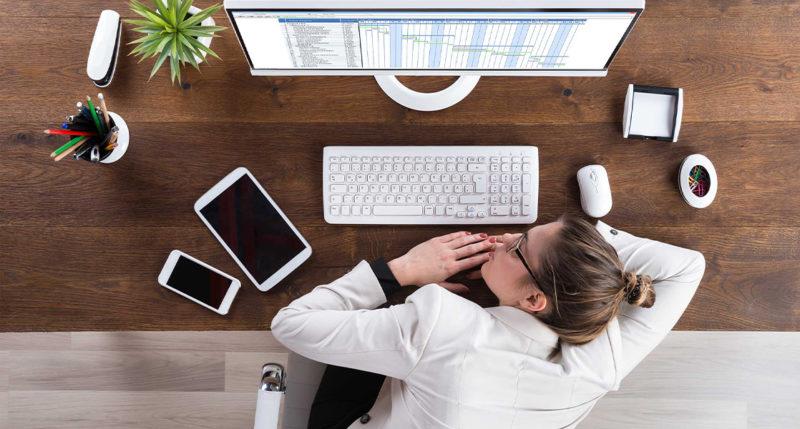
What is Presenteeism? And How Can We Fix the Multi-billion-pound Problem?
Paying proper attention to the well-being of staff will lead to a better working environment and happier, more productive employees.
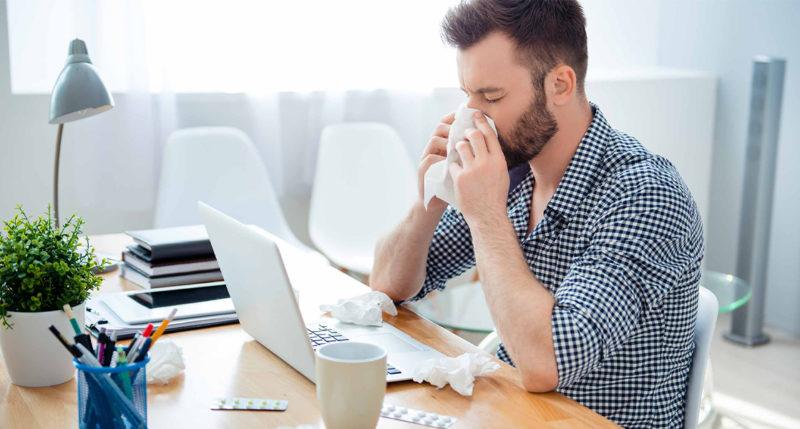
The Tissue Box Psychologist: What Does Your First Reaction to Getting Sick Say About You?
Cold and flu season are knocking on the door once again. That means now is the perfect time to look deep and uncover what your reaction to falling under the weather says about you.
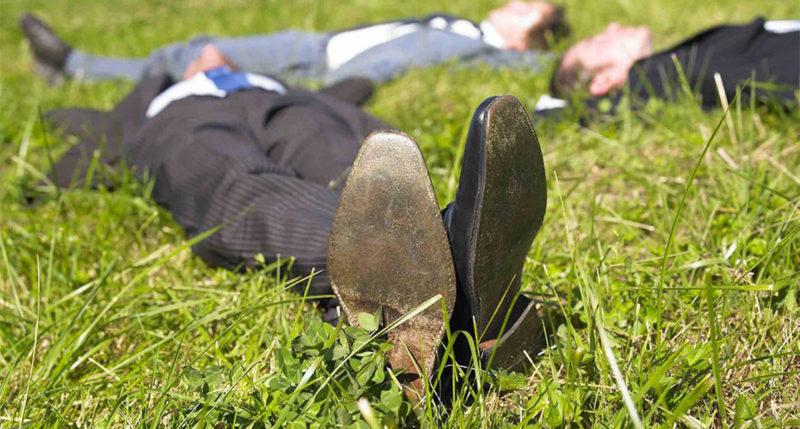
Work Hard, Play Hard, Rest Even Harder
Employees are companies’ most valuable asset, so their well-being should be priority number one. We need to act to change the tune of how Britons work.
